What are the main differences between LCD and OLED?
The basic knowledge of OLED and LCD
Here, we will not specifically introduce the technical principle of LCD and OLED. You just need to remember that LCD (Liquid Crystal Display) is achieved by the emitting light of Liquid Crystal, while the OLED (Organic Light - Emitting Diode) can emit light once it is electrified.
So the main difference is that the LCD needs to use a backlight to illuminate the screen, while OLED can produce light by itself.
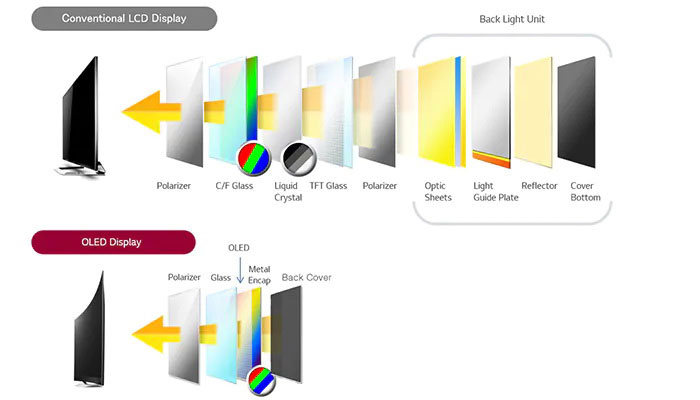
Compared with LCD display, OLED don’t need external light, so it can reduce the number of CCFL backlight module, and also the TFT glass, C/F glass and a set of 0 polaroid. Thanks to these features, the structure of OLED display is more simple, light, and power-saving.
In the full-screen era, OLED displays are more popular. And it also has something to do with the fingerprint recognition technology. For this technology need to penetrate the display, so the thinner display, the better it is. That’s why the OLED display is preferred. In a word, the OLED display is more suitable for smartphones.
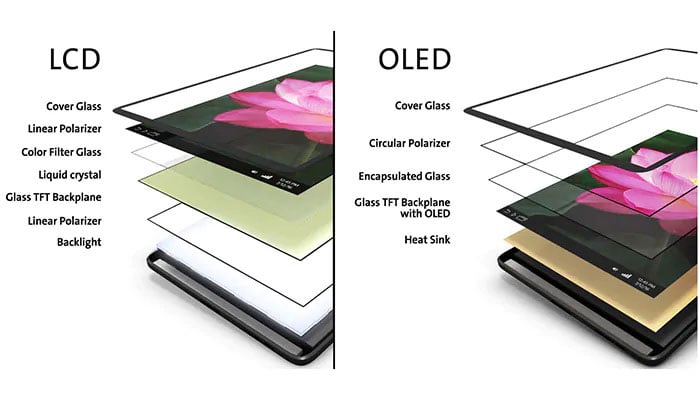
However, not all OLED displays are perfect. Like the LCD which has 3 panel types: TN, VA, IPS, the OLED also has 2 types: AM active type and PM passive type. Even though the AMOLED plays a dominant role in the market, but the AMOLED display effect still varies from manufactures to manufactures.
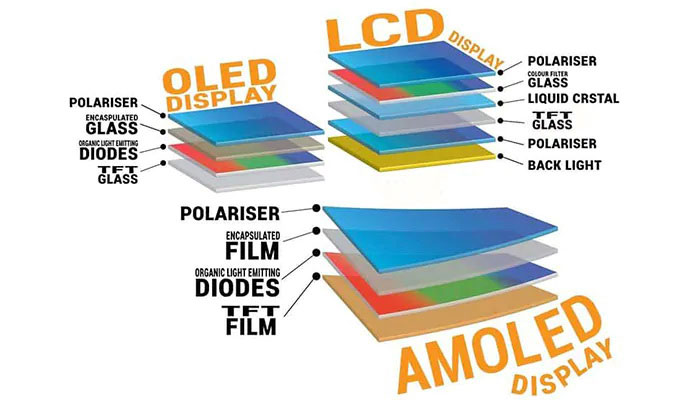
Why the AMOLED has different display effect?
The P array of AMOLED: the struggle between display effects and lifespan. When it comes to the downsides of AMOLED, the first thing that comes to mind is the P array, namely the Pentile array. Samsung was the first company to massively produce OLED panels and to use P array. The Galaxy S4 first use the P array called Diamond Pixel, which head down a different path with the standard RGB alignment.
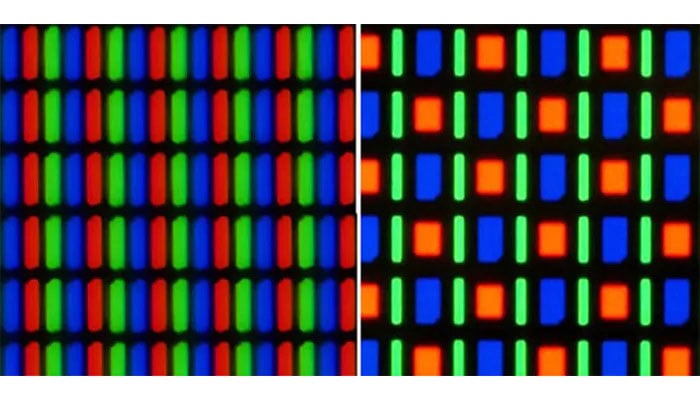
Simply speaking, RGB type equally arranges the sub-pixels of the three original color of red, green and blue, while the sub-pixels of RGB will not be equally arranged in P array, and it shares the pixels, so the actual pixel density of P array is lower than that of RGB. Which leads to the fact that even with the same resolution, P array are not as clear as RGB, so it is often called "big fruit variant screen".
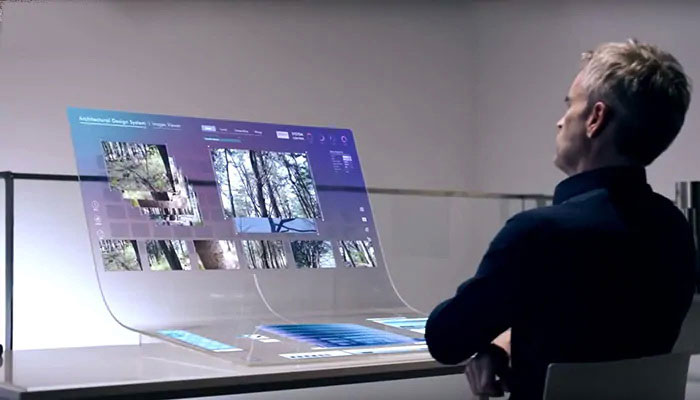

The information below is required for social login
Sign In
Create New Account